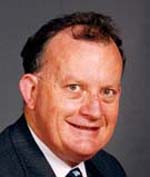
Professor of Theoretical Physics, University of Melbourne
Bruce McKellar has consistently provided leading edge research in physics, influencing a number of fields of particle physics. This has included important work on weak interactions in the nucleus, which led to the development of the 'Tucson-Melbourne Potential' with his collaborators. He devotes much of his energy to the scientific community in general, through teaching, training of students and post-doctoral fellows, and through his service to the University of Melbourne and key scientific institutions.
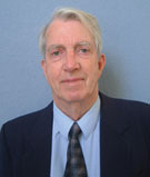
Emeritus Professor of Inorganic Chemistry, Centre for Heavy Metals Research, School of Chemistry, The University of Sydney.
Leonard Lindoy has made significant contributions to the area of macrocyclic chemistry, molecular and ionic recognition, and metallo-supramolecular chemistry. He has had a long and successful interaction with industry, especially with the design of ligands for the selective extraction of metal ions from mixtures. His work has been acknowledged by many national and international awards, and by invitations to lecture at major conferences. Lindoy has also been an exceptional educator and promoter of science in general, and chemistry in particular.
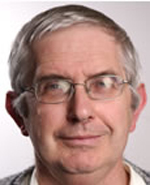
Professor of Pure Mathematics, School of Mathematics and Statistics, The University of Sydney.
Norman Dancer is an expert in nonlinear analysis and nonlinear differential equations. He has made important contributions to bifurcation theory, to degree theory in cones and to nonlinear elliptic partial differential equations and their applications. He has introduced many new techniques and used them to solve old classical problems, including problems in water waves and combustion theory. His ideas have had a major effect on nonlinear analysis internationally.
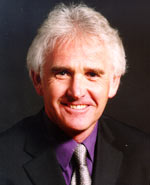
Environmental Geochemistry and Geochronology, Research School of Earth Sciences, Australian National University.
Malcolm McCulloch is a geochemist who has made major contributions to both the study of the solid Earth and environmental issues. He has had a major impact on studies of the evolution of the Earth’s crust. Recently he has studied sea-level changes and past ocean temperatures, the impacts of environmental change on coral reefs through nutrient fluxes into the ocean, and the effects of increasing ocean acidity associated with higher atmospheric carbon-dioxide. His work on material incorporated into the skeletons of corals on the Great Barrier Reef has demonstrated the way in which the progress of human settlement in Queensland has affected the nature of the waters reaching the reef and has already begun to influence water-catchment management.
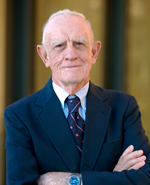
Lowell Mineral Exploration LLC, Arizona, USA
David Lowell has achieved world-wide fame as a practicing exploration geologist and lecturer. His initial field of speciality was porphyry copper deposits and his ground breaking research and study with Professor John Guilbert in 1967 set the scene for his future discoveries and became a benchmark for the global exploration industry in the search and discovery of these ore deposits. He has an outstanding record spread over nearly 50 years of many discoveries of important copper and gold deposits, including finding the La Escondida porphyry copper deposits.
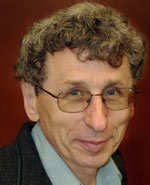
Scientia Professor and Chair of Theoretical Physcis, School of Physics, The University of New South Wales.
Victor Flambaum has performed pioneering research in the area of the violation of fundamental symmetries and tests of unification theories of elementary particles. With collaborators he developed a new method to perform the most accurate atomic calculations of parity violation. These calculations allowed the standard model of elementary particles to be tested. Recently he proposed new ideas which have led to fresh directions in the search for variations of the fundamental constants of nature, including astrophysics (Big Bang nucleosynthesis, quasar spectra), nuclear physics (nuclear clock), and atomic and molecular spectroscopy (atomic clocks).
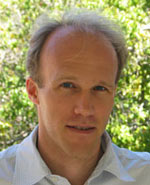
ARC Australian Professorial Fellow, ARC Centre of Excellence for Coral Reef Studies, and School of Marine and Tropical Biology, James Cook University.
Sean Connolly’s research pioneers new approaches to understanding the generation and maintenance of biodiversity. He incorporates physiological and biomechanical processes that influence population dynamics, ecological interactions and their effects on the maintenance of biodiversity, and the global dynamics of biodiversity in the fossil record. He produced a modelling framework that has led to the identification of an important aspect of the future effects of ocean acidification – storm-induced dislodgement of coral colonies.
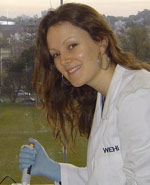
NHMRC Peter Doherty Fellow, Division of Molecular Medicine, The Walter and Eliza Hall Institute of Medical Research.
Marnie Blewitt has made major advances in our understanding of epigenetics – how we silence or activate particular regions of DNA to orchestrate normal development and prevent disease. She has identified new epigenetic mechanisms that influence how geneticists interpret the inheritance of phenotypic traits. She identified a new gene that regulates X-inactivation, the process by which expression of genes on the X-chromosome is equalised between male and female mammals, including humans.
She is also making major contributions to the epigenetic control of stem cell function and the possible therapeutic benefits arising from it.
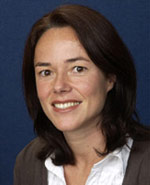
Viertel Senior Medical Research Fellow, Leader, Humoral Immunity and Autoimmunity Group, Division of Immunology and Genetics, John Curtin School of Medical Research, Australian National University.
Carola Vinuesa’s research in the field of immunology has seen the discovery of key mechanisms controlling antibody formation and quality in germinal centres, revealing a previously unknown immune regulatory mechanism. This is a major conceptual advance in understanding the cause of autoimmune diseases, such as lupus and diabetes, and opens up new possibilities for treatments.
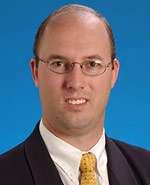
Reader in Environmental Engineering, Department of Civil and Environmental Engineering, University of Melbourne.
Jeffrey Walker is an expert on remote sensing of soil moisture and data assimilation. He did the first study for guidelines on the key requirements for remote sensing of soil moisture by satellite – accuracy, repeat time and spatial resolution. Jeffrey has developed airborne passive microwave remote sensing capability in Australia, and is developing the only imaging active–passive simulator world-wide for use in a satellite scheduled for launch in 2012.
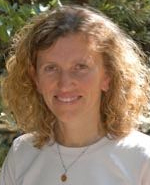
ARC QEll Fellow, Research School of Earth Sciences, Australian National University.
Daniela Rubatto works in the field of high-grade metamorphic petrology and implications for crustal growth and mountain building. Daniela discovered a key relationship that exists in high grade metamorphic rocks between the timing of mineral growth, and the geochemical signature in Ubearing accessory minerals. This geochemical link allows a full characterisation of the pressure–temperature–time path that the rocks have experienced and thus the depth to which the rock
suite has travelled.
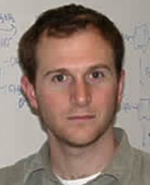
Senior Lecturer, School of Chemistry, University of Wollongong.
Stephen Blanksby has made significant contributions to the field of gas phase ion chemistry and mass spectrometry. He demonstrated the stability of previously uncharacterised molecules and elucidated the fundamental thermochemistry and reactivity of transient neutral and ionic species in the absence of solvent and counter-ion effects. Stephen has applied discoveries in gas phase ion chemistry to develop new tools for analysis, particularly in the rapidly emerging field of lipidomics.
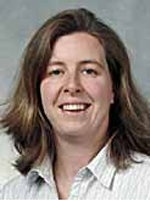
Laboratory Head, Bioinformatics Division, The Walter and Eliza Hall Institute for Medical Research.
Melanie Bahlo is an applied statistician working in genetics and bioinformatics. She is highly regarded for her work in theoretical population genetics, in genetic epidemiology, and in gene mapping. She began her career with some very strong work in theoretical population genetics. Subsequently she moved into epidemiological applications and has grown into an outstanding statistical geneticist and biometrician.
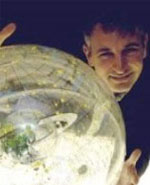
Senior Lecturer and Australian Research Council Queen Elizabeth II Fellow , Astrophysics Group, School of Physics, University of Melbourne.
Stuart Wyithe has made outstanding contributions to cosmology, and to our understanding of the likely structure of the universe as the first stars formed, with work on the birth of black holes, stars and galaxies. Together with collaborators, he has developed clear predictions of the expected observational signatures of these processes. Searches for these signatures are now being undertaken using new instrumentation on existing international observatories, such as the Gemini Telescopes and the Hubble Space Telescope, and on new long wavelength radio telescopes being constructed around the world.
© 2025 Australian Academy of Science